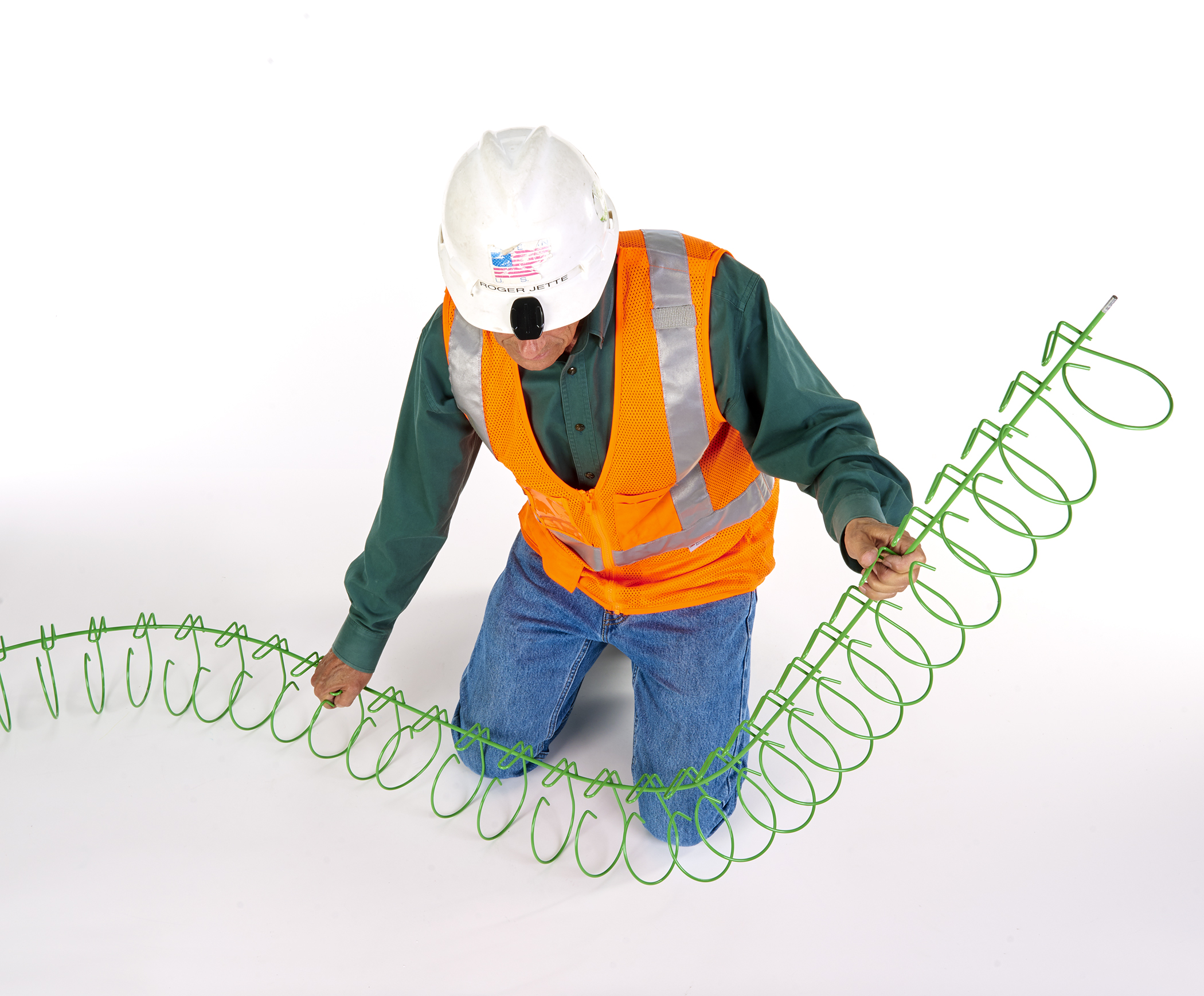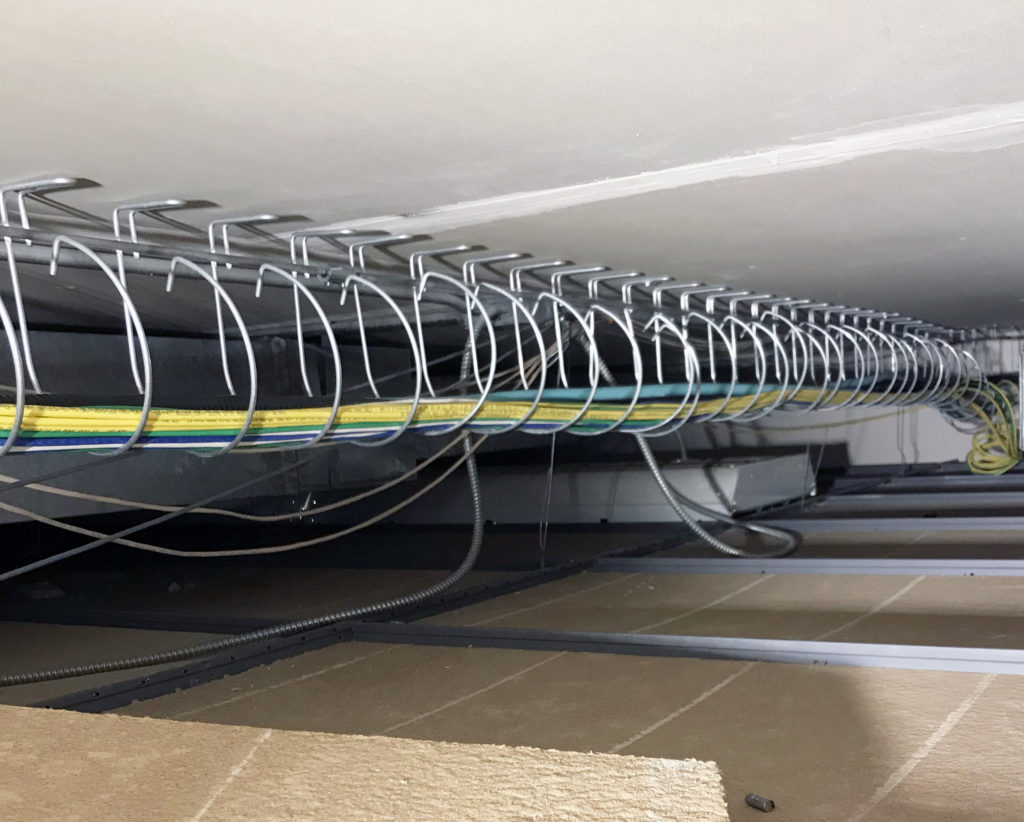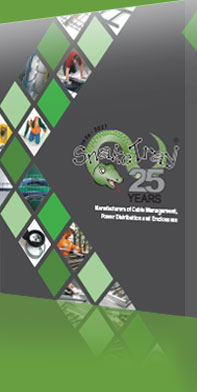Our growing appetite for mobile communications is driving the need for wireless networking in places it had never been before. The irony is that installing the backbone to improve wireless network performance actually increases the need for cables and cable conveyance systems. Because at some point, every wireless access point requires a hard-wired connection to a router, server or service provider.
While constructing a building from the ground up incorporating modern networking technology presents its own set of challenges, retrofitting a structure built one hundred years or even just a couple of decades ago to enable effective wireless coverage can be a labor intensive and expensive proposition. Most are of brick or cinder block construction designed without accessible interstitial spaces or raised floors. Some have ornamental crown moldings, plaster ceilings or historic architectural elements that must be preserved.
Twenty-plus years ago, the only wire-related items builders had to consider prior to construction were electrical power lines, analog telephone lines and coax cable. Up until recently, engineers and architects did not take into account the cabling aspects and pathways required for low voltage lighting, voice and data communication lines during the early stages of design; much less outfitting buildings for effective wireless coverage. These were more afterthoughts, and it was assumed those elements would be installed above dropped ceilings during interior finishing.
As a result, architects and installers renovating an existing space for wireless networking never know what they’re going to find when they first peek above a dropped ceiling panel. A workable space, or a mess of wires weaving over and under ductwork, utility pipes and other obstacles? At Snake Tray, we have a way to teach old buildings some new tricks with a simple yet cost effective method for integrating today’s technology into yesterday’s architecture.

Snake Tray’s 454 Series Universal Cable Tray enables speedy ad-hoc installation without a defined plan set. The conveyance tray is not restricted to straight line runs; it can be easily bent and curved at the will of the installer to work around any obstacle. Built-in vertical and horizontal mounting rings offer flexible anchoring options to the most convenient surface, or it can be suspended from threaded rods to span open spaces. This brings predictability – and accurate budgeting of time and materials – to every project because entire runs can be installed without surprises; no special parts or on-site fabrication is required.
The 454 Series Universal Cable Tray is the perfect solution for older buildings designed without dedicated telecommunications and/or network cable pathways. It offers the ability to securely traverse long distances, the flexibility to reroute around obstacles and easily change vertical and horizontal planes without customization, and the capacity to load and convey hundreds of cables where none had been before. It does all this while improving building aesthetics, keeping the underbelly of wireless networking out of sight.
Contact Snake Tray today and learn how easy it is to speed-up renovations while controlling costs with the 454 Series Universal Cable Tray.

